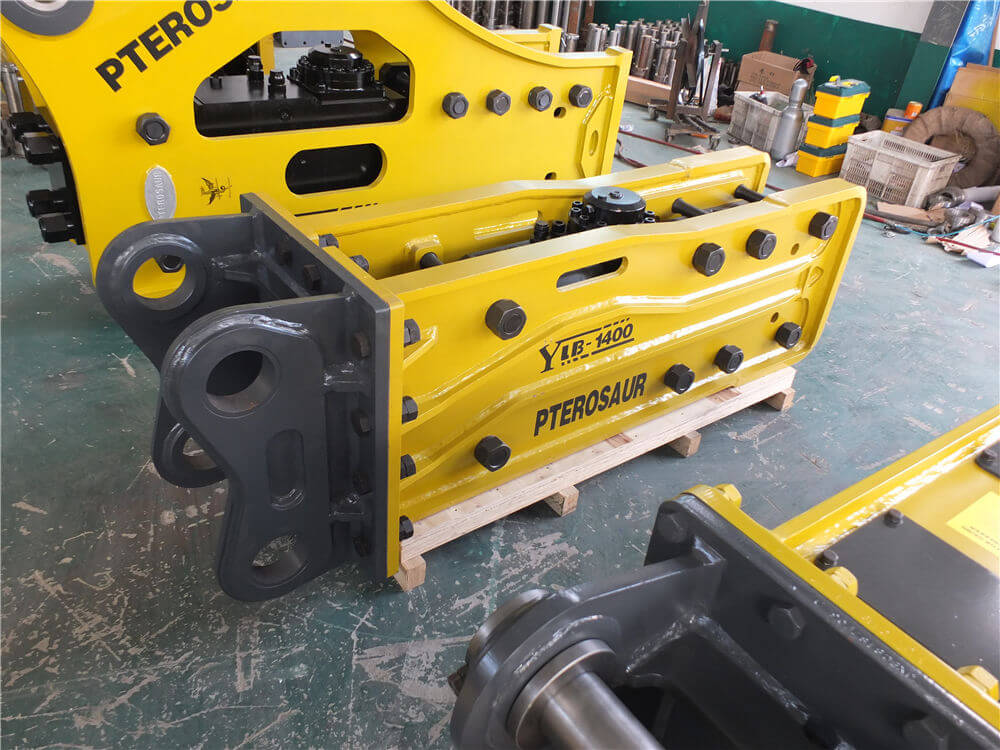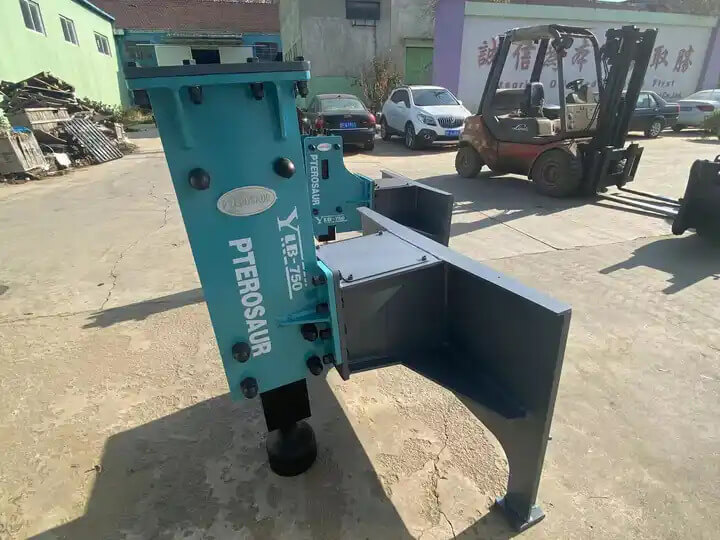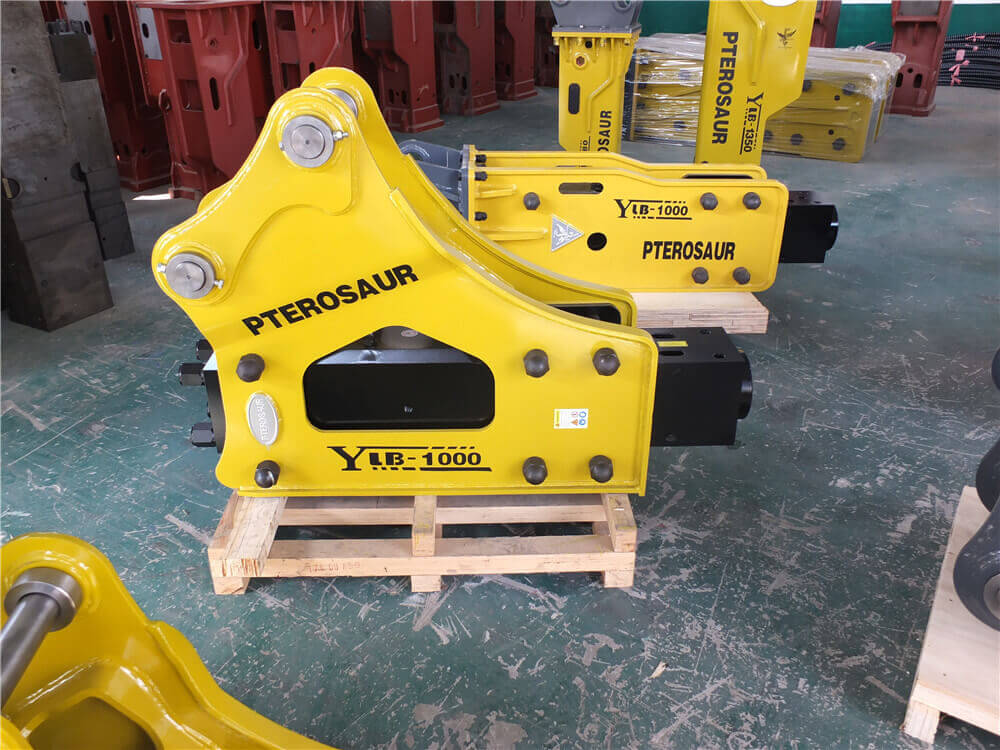Understanding Nitrogen Breakers: An Essential Tool for Heavy-Duty Demolition
In the realm of heavy construction and demolition, the efficiency of tools can make or break a project. One such tool that has garnered attention for its performance is the nitrogen breaker. Designed to break down concrete, rock, and asphalt surfaces into manageable rubble, these hydraulic attachments are integral for contractors looking to maximize productivity while minimizing downtime and maintenance.
What is a Nitrogen Breaker?
A nitrogen breaker is a type of hydraulic breaker that utilizes nitrogen gas to enhance its performance. The key feature of these breakers is their long piston stroke, which maximizes impact energy while reducing recoil. This design allows for more forceful impacts on the surface being worked on, significantly improving the speed and effectiveness of demolition tasks.
Benefits of Using a Nitrogen Breaker
-
Minimized Maintenance: The nitrogen breaker requires less maintenance compared to traditional hydraulic breakers. This not only saves time during equipment servicing but also reduces wear on the carrier vehicle.
-
Enhanced Performance: The long piston stroke not only maximizes impact energy but also aids in minimizing recoil. As a result, operators can experience less fatigue and maintain higher productivity levels.
-
Energy Efficiency: A critical component of the nitrogen breaker is the accumulator, which is filled with nitrogen. This accumulator stores the remaining energy from previous blows and releases it in subsequent impacts, enhancing the breaking force without requiring additional energy input.
The Crucial Role of Nitrogen
When discussing the operation of hydraulic breakers, understanding the role of nitrogen is paramount. Here are some of the key aspects regarding nitrogen usage in hydraulic breakers:
-
Charging with Nitrogen: Proper charging of the hydraulic breaker with nitrogen is essential for optimal performance. It is important to ensure that the accumulator is filled to the correct pressure levels to maintain the effectiveness of the tool.
-
Consequences of Nitrogen Shortage: A shortage of nitrogen can lead to decreased efficiency and increased wear on the hydraulic breaker. This can result in less impact energy being delivered and potentially cause operational failures.
-
Charging Procedure: Charging nitrogen into the hydraulic breaker requires specific kits designed for this purpose. These kits facilitate efficient gas filling and ensure that the breaker maintains optimal pressure levels.
Maintenance Tips for Nitrogen Breakers
To ensure the longevity and efficiency of a nitrogen breaker, consider the following maintenance tips:
-
Regular Checks: Periodically check nitrogen levels in the accumulator to ensure it is properly charged. This can be easily done using the appropriate charging kit.
-
Inspect Components: Regularly inspect the breaker for any signs of wear or damage. Early detection of issues can prevent costly repairs and downtime.
-
Follow Manufacturer Guidelines: Always adhere to the manufacturer’s recommendations for maintenance and operation to ensure the best performance from your nitrogen breaker.
Conclusion
The nitrogen breaker represents a significant advancement in demolition technology, offering contractors a powerful and efficient tool for breaking concrete, rock, and asphalt surfaces. With its minimal maintenance requirements and enhanced performance capabilities, it stands out as a preferred choice for heavy-duty tasks. By understanding the importance of nitrogen and following proper maintenance protocols, operators can maximize the efficiency and lifespan of their nitrogen breakers, ensuring successful project completions.



































